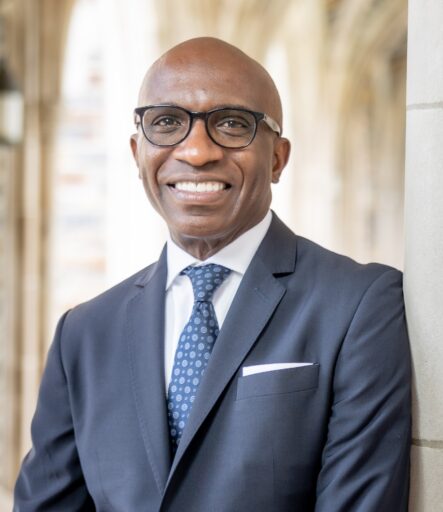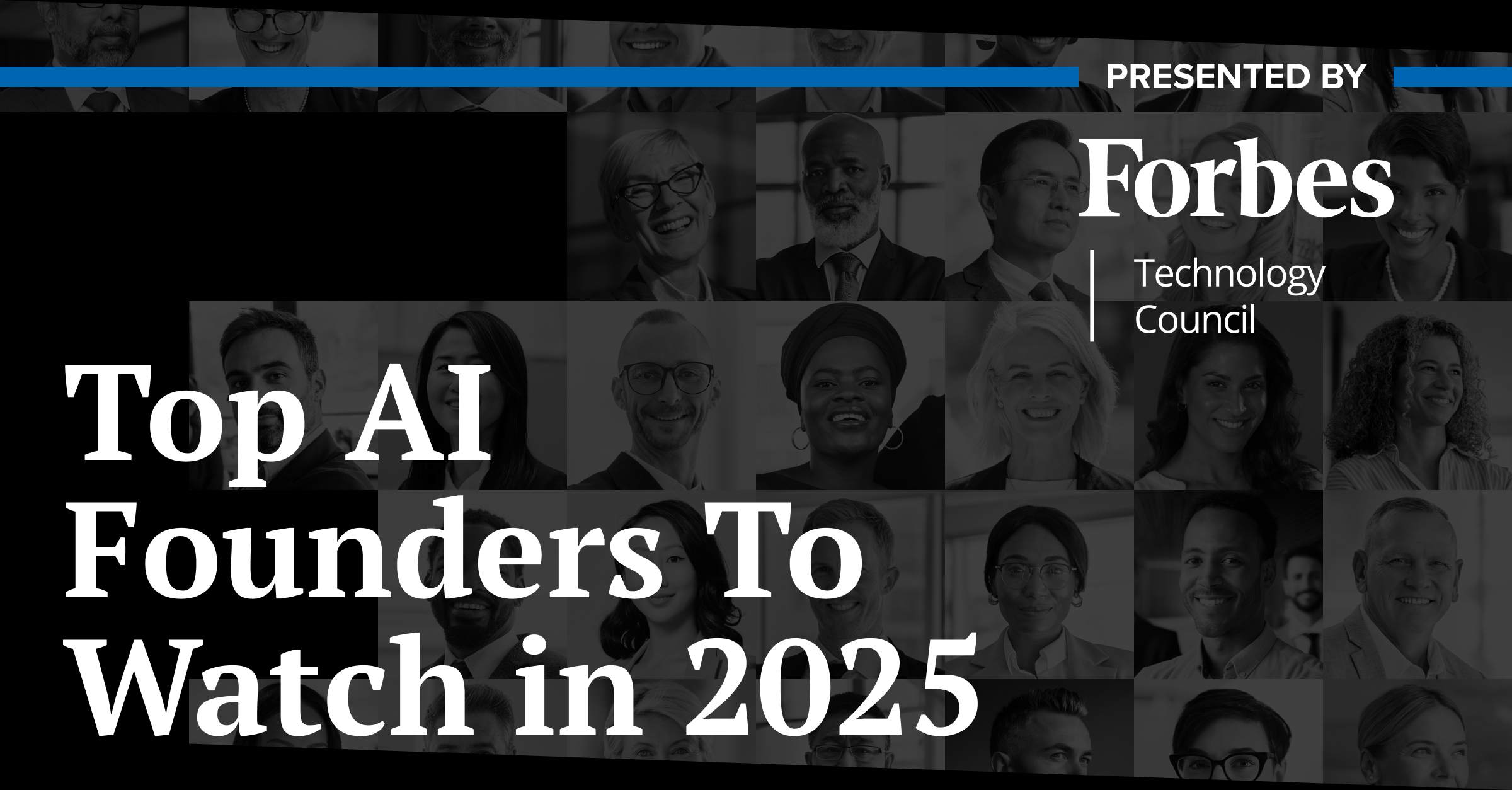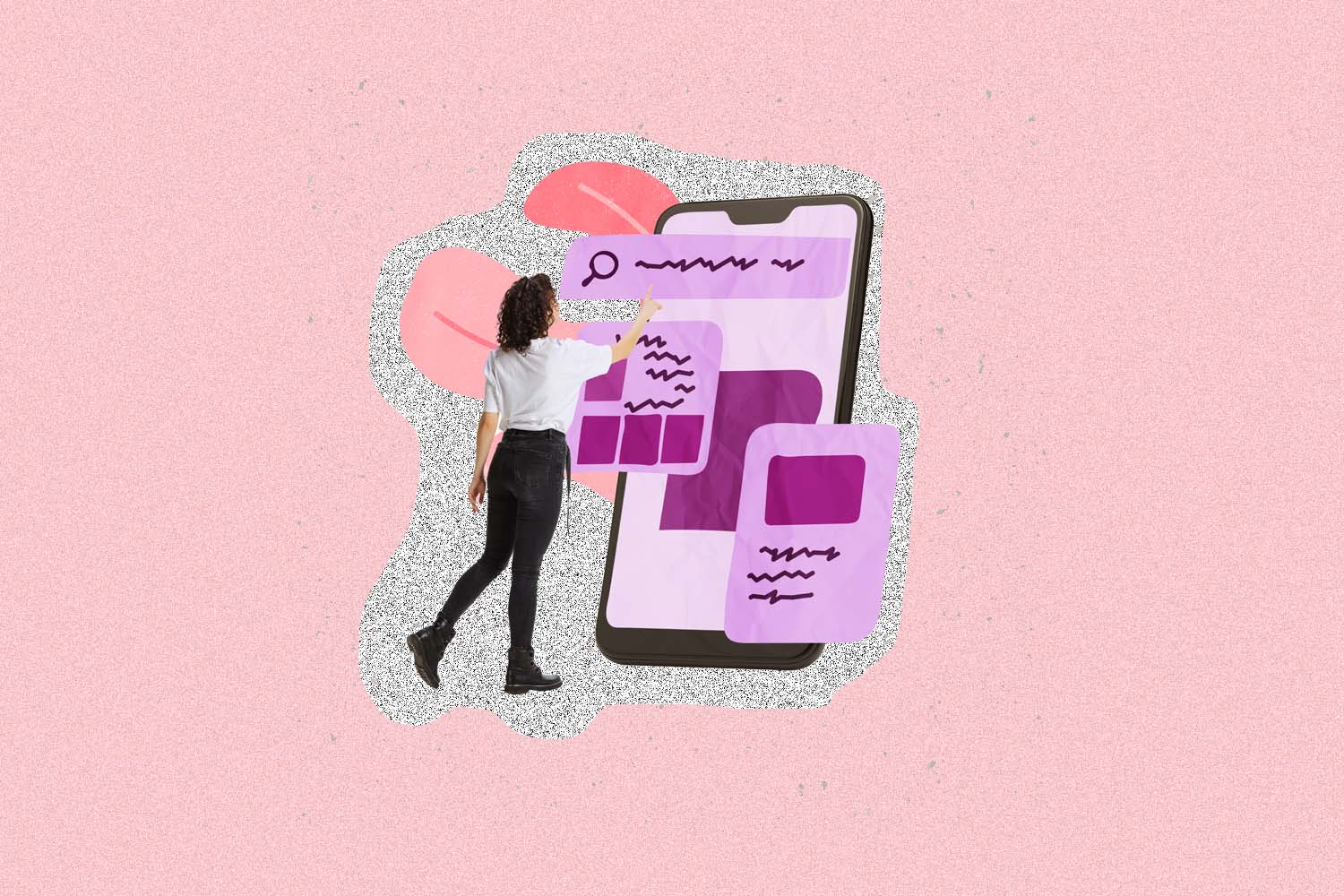Duke University Health System’s first chief diversity and belonging officer as of June, Ian Brown leads a team of six while supporting nearly 30,000 employees and averaging nearly 67,000 inpatient stays and nearly 4.7 million outpatient visits in FY21. Brown oversees diversity, well-being, and workplace safety/violence prevention. The growth of the diversity team has been a collaborative effort.
“The dedicated work to DE&I in our health system began in 2020 with few resources – executive sponsorship from one SVP and one EVP and was resourced by one full time program manager. The effort has certainly been a collaborative one, in that our human capital leadership and organizational development teams have been resourceful,” says Brown.
Today, Duke Health has seven active affinity groups, an annual “speed mentoring” program for frontline to middle-level women (WeLEAD), and various other diversity initiatives in place. Read on for an edited excerpt of our exclusive interview with Ian Brown, who is also a member of the Senior Executive DEI Think Tank, about Duke Health’s inclusive hiring practices and the importance of a foundational framework for DEI leaders.
Senior Executive Media: What are some of the key initiatives you’re currently working on at Duke University Health System?
Ian Brown: We’re working on developing an inclusive leadership framework. How do you create a space where the affinity groups or BRGs [business resource groups] can find a safe space where they can share their feelings, open up, and connect, and speak up, and be a part of problem solving within the organization of Duke University? How do you do that in a way that elevates the culture so everyone finds that they are a part of culture?… How am I as a person of color going to feel walking into a space knowing the systemic racism that’s going on? The pandemic has opened up a lot of stuff for us in terms of how we connect with each other.
“[Leaders sharing] their personal stories build openness and trust. Modeling these behaviors can go a long way in bridging divides and building collaboration.”
Teaching empathy is really important. Empathy comes from a deep sense of self-awareness. Being aware of our own self – “owning thy stuff,” indeed a willingness to be vulnerable, allows us to connect better with someone else’s feelings and circumstances – to walk in their shoes. Teaching curiosity, which includes the leader’s ability to actively listen builds connection and deeper relationships. Getting leaders to huddle regularly with team members, keeping one-to-one meetings even for a few minutes gives team members the opportunity to share their own work output – but more than that, their personal stories build openness and trust. Modeling these behaviors can go a long way in bridging divides and building collaboration. As Brené Brown reminds us, “Who we are is how we lead.”
Senior Executive Media: You mentioned the importance of affinity groups or BRGs. Can you share a few examples of these groups at Duke Health and how they’ve helped to advance DEI efforts?
Ian Brown: [BRGs include the] Duke Military Association, Administrative Professionals, Asian American/Pacific Islanders, Alliance (LGBTQIA+), Duke Minds (young professionals), and various other DEI&B (diversity, equity, inclusion and belonging) Committees across our many health system entities. We are in the midst of also forming our Black Affinity Group, a group for Moms and/or Working Parents and WeLEAD – a group focused on women leaders across the system… The speed mentoring program with WeLEAD serves women (at all levels), but particularly young adults and early careerists developed personal one-to-one connections with women in leadership (assistant vice president and above). It has essentially become an informal mentorship program that has enabled career development and growth opportunities.
Our affinity groups continue to be a strong employee-led source of support that help to foster the diverse and inclusive environment that Duke Health is building. The groups serve as important avenues for open dialogue about issues — systemic racism, microaggressions, diverse hiring, etc. — impacting the work environment. These groups offer safe spaces for employees to share ideas to help each other navigate organizational culture and to help advance business strategies to create work environments where employees can bring their authentic selves and find belonging – the idea that one can dance as if no one’s watching you. They also are empowered and are provided with budgetary support to deliver on strategic plan tactics [including] mentorship and sponsorship. This year, each affinity group has a budget of $10,000. Previously, each had $5,000 per year.
Affinity groups were established six years ago, at the commencement of our chief human resources officer, Rhonda Brandon’s, tenure. They have since shifted toward taking a more strategic approach by owning projects that align with the health system’s emerging strategic plan for diversity, equity, inclusion, and belonging. Because of the strategic nature they’re taking on, we are moving to call them business resource groups, which tend to have a clearer business objective, helping the organization to recruit, retain, and better connect with diverse demographics beyond the walls of the business.
Senior Executive Media: What are your goals for inclusive hiring practices?
Ian Brown: Equitable hiring is really important to me and our organization… Representation matters. Not just the folks who look like me, but people across the board. I think as we strive for equitable hiring, those are some of the things we’re looking for. The same thing too as we think about mentoring as well. How do we grow talent from within as well? So that when folks come in, people feel that they have the career ladders and career maps to show them where they can go no matter their backgrounds…We have an onboarding guide to make sure folks coming on our staff are connected to a really clear process once they’re hired to ensure they’ll stay.
Our talent acquisition team seeks to embrace a holistic approach to diversity hiring tied to our values that includes a focus on underrepresented populations to all other dimensions of diversity. We have focused efforts on recruiting where diverse talent congregates – from Historically Black Colleges and Universities (HBCUs) – Howard, Shaw, Hampton, NCA&T, NCCU among others; connecting with talent at local African American festivals; accessing the Latinx population through various avenues, including La Fiesta del Pueblo Raleigh; outreach to faith communities where talent can be aplenty. Our linkages to the LGBTQ+ community for partnership and recruitment continues to grow with even our sponsorship of local Pride parades. We will continue to evolve the model with deeper intentionality in other dimensions of diversity.
Senior Executive Media: One of the big challenges CDOs have shared is coming into a company that is still developing their foundation for DEI staff, or hasn’t built one yet. When you joined Duke, what type of foundation was in place to support DEI staff and leaders?
Ian Brown: I am the inaugural vice president and chief diversity and belonging officer at Duke University Health System (DUHS) and excited to be in the role. During the interview process, I got the opportunity to meet a number of DUHS leaders who highlighted the progress the organization had made with its anti-racism efforts known as Moments to Movement, the drive to strengthen diversity training, and the many affinity groups that had already been in place. It was a powerful statement of the work that has been going on for years and the commitment the organization was making to create a place where our talent force could find joy in work. There was significant work that the organization had done in focus groups and by surveying staff to collect feedback on their perspectives on Duke as an organization that supports diversity, equity, inclusion, and belonging. Results of the efforts indicate progress was being made but also that there was work to be done to continually build on the progress to create deeper belonging for all.
Senior Executive Media: How do you think companies can better create a foundation to support chief diversity officers and DEI leaders?
Ian Brown: It’s really important that organizations walk the talk as it pertains to diversity, equity, inclusion, and belonging. This means ensuring that the organization is ready for DEI&B work, especially when they are hiring a leader who will drive a DEI&B strategy. A leader like me wants to walk into the culture setting knowing the facts. If there are challenges, tell us. And, where there has been progress, tell us too. As DEI&B leaders, we bring high emotional intelligence, have strong entrepreneurial mindsets, and will champion purpose-driven strategy and culture. To leverage these great skills, they must be coupled with organizational commitments that the organization seeks to champion – like workplace parity, equity, and representation, talent attraction, development and retention, community partnerships, supplier diversity, and effective communications. But, the organizational commitments must also be undergirded by leader expectations of delivering on these commitments.
We need organizations to devote the resources, provide access to data, and avoid the temptation to see it as a singular operational function. Do not hedge the function in an adjudicative space like HR, Staff and Labor, find a way to connect the work with the function or priority with highest influence/scope; have shared agreement from the leadership on the business case and its priority in the scope of all other priorities on the senior leadership team’s list.







